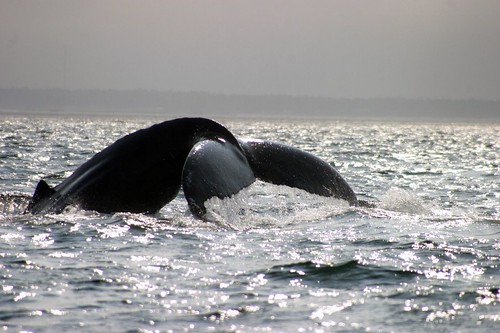Vagabondish is reader-supported. When you buy through links on our site, we may earn a small affiliate commission. Read our disclosure.
Brooklyn based artist Jonathan Harris has created a photo essay of his time spent with an Inupiat Eskimo family in northern Alaska, documenting a whale hunt.
Whales are revered by the Inupiat Eskimos, and also form a major source of their food supply. Restricted by international whaling laws to just 22 whales a year, the Eskimos as photographed by Harris go through a lengthy process of tracking, harpooning and butchering two whales before distributing their meat and blubber among the community.
The photos — numbering 3,214 in all — have been arranged to tell the story of Harris’ fascinating experiences from the time he leaves for Newark airport through to the killing and dismembering of the second whale.
The bleak Alaskan landscape forms a mute backdrop to some breathtaking shots – a 36-foot harpooned whale being dragged out of the water, and the whale’s jawbone after it’s been through the butchering — still covered in blood and tattered shreds of meat and skin. Not for the faint hearted.


